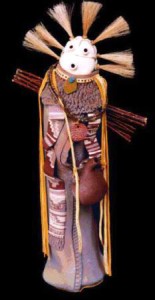
According to today’s New York Times, many Navajo would view what happens during cardiac resuscitation as barbaric but they also believe that talking about your own death will bring it about. So, helping Navajo people to have a conversation about end-of-life choices and sign an advance directive is challenging. Times reporter Ben Daitz, MD, describes how Mitzie Begay, cross-cultural coordinator of home care for Fort Defiance Indian Hospital in Arizona, and Gina Nez, RN, Director of Nursing for the hospital, worked with staff to craft a Navajo poem that serves as the advance directive and is signed by the patient, as would happen with any advance directive. This culturally-grounded approach to crucial conversations about end of life decisions shows us that the forms we use for advance directives may lack meaningful cultural context for many people. The American Academy of Nursing’s policy brief on Advance Care Planning as an Urgent Public Health Concern calls for treating advance directives as more than a clerical matter and eliciting the preferences and values of the patient. But other considerations may be needed when the patient’s culture precludes such discussions. If poetry works in one culture, perhaps song or literature could help in others.
Diana J. Mason, PhD, RN, FAAN, Rudin Professor of Nursing










Shannon Rose / February 3, 2011
I love this idea of a song or poem being used like this. Great post, Diana!
/